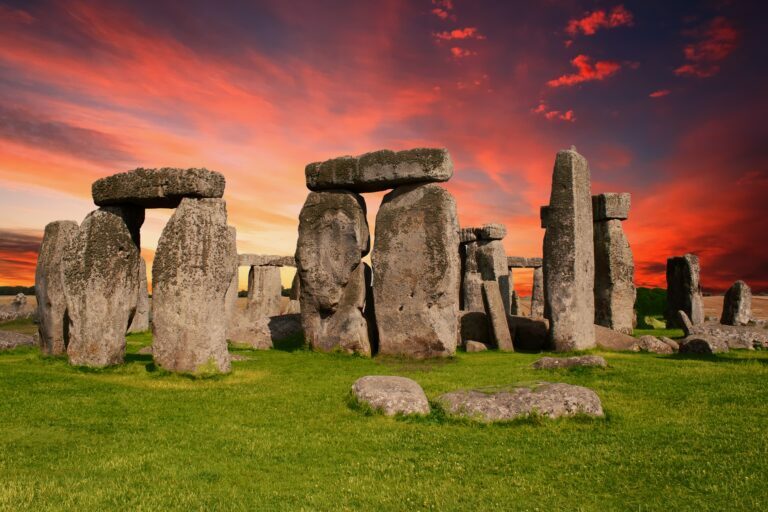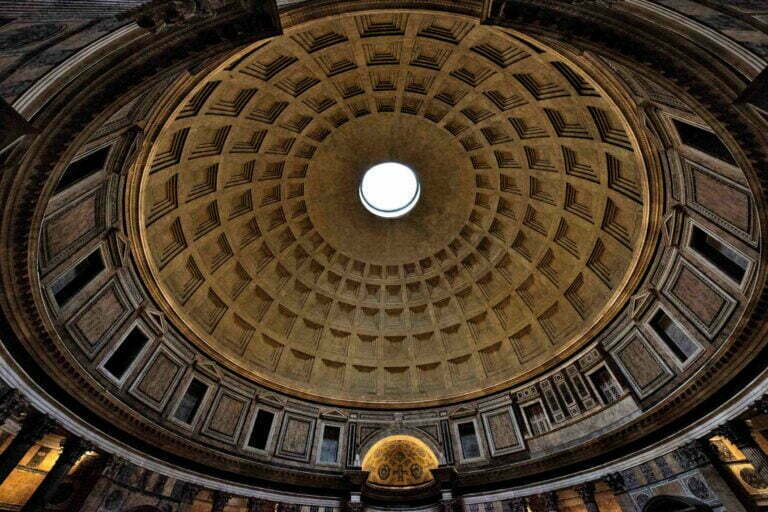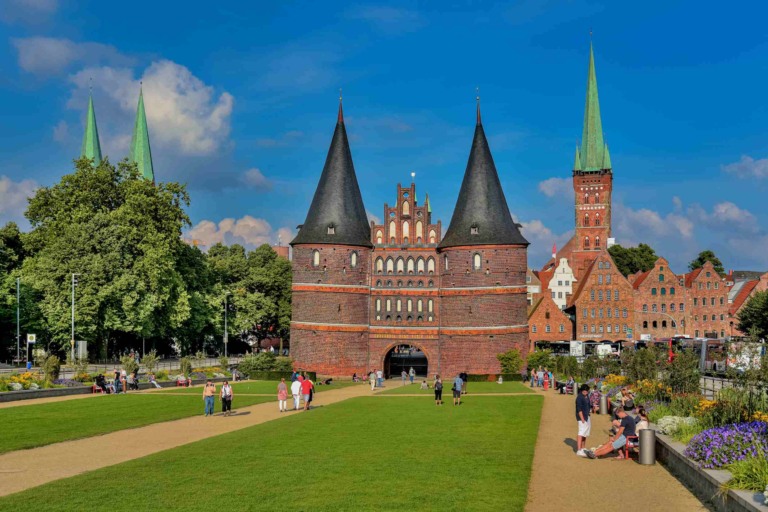European landmarks are notable structures, sites, or places located across the continent of Europe. They hold immense historical, cultural, architectural, or symbolic importance. Here are some key aspects of the importance of European landmarks:
European Landmarks
➤ Historical Significance: European landmarks often have deep historical roots, representing important events, eras, or civilizations. They serve as tangible reminders of Europe’s rich and diverse history, showcasing the cultural and historical legacy of the continent.
➤ Cultural Heritage: European landmarks are integral to the cultural identity of the respective countries and regions in which they are located. They embody unique traditions, customs, and artistic expressions, reflecting the cultural heritage and values of the local population.
➤ Architectural Marvels: Many European landmarks are renowned for their architectural brilliance and innovation. They represent significant milestones in architectural history, displaying various styles and techniques that have influenced the field of architecture worldwide.
➤ Tourism and Economic Impact: European landmarks attract millions of tourists each year, contributing to local and national economies. They generate revenue through ticket sales, accommodations, dining, transportation, and related tourist activities. The tourism industry supported by these landmarks creates employment opportunities and stimulates economic growth in the surrounding areas.
➤ Promoting Cultural Exchange: European landmarks serve as meeting points for people from different backgrounds and nationalities. They facilitate cultural exchange, allowing visitors to interact with locals, learn about their traditions, and gain insights into different ways of life. This promotes mutual understanding and appreciation among diverse cultures.
➤ Preservation and Conservation: European landmarks often require dedicated efforts for their preservation and conservation. They represent cultural treasures that need to be safeguarded for future generations. Conservation initiatives aim to protect the architectural integrity, historical authenticity, and natural surroundings of these landmarks.
➤ Symbolism and National Identity: European landmarks are powerful symbols of national pride and identity. They serve as recognizable icons, representing the unique characteristics and achievements of their respective countries. These landmarks evoke a sense of belonging and cultural significance for the local population.
➤ Educational Value: European landmarks provide educational opportunities for visitors to learn about history, art, architecture, and cultural heritage. They offer insights into different time periods, architectural styles, and social contexts, enriching visitors’ knowledge and understanding of Europe’s cultural and historical heritage.
➤ Inspiration and Aesthetics: European landmarks often captivate visitors with their beauty, grandeur, and artistic appeal. They inspire awe, creativity, and admiration, influencing artists, writers, and creative minds across generations.
➤ World Heritage Recognition: Many European landmarks have received recognition as UNESCO World Heritage Sites. This acknowledgment emphasizes their exceptional universal value and the importance of their preservation for the benefit of all humanity.
In summary, European landmarks are of significant importance due to their historical, cultural, architectural, and symbolic significance. They contribute to tourism, economic development, cultural exchange, preservation efforts, and serve as powerful symbols of national and European identity. These landmarks play a crucial role in showcasing Europe’s rich heritage and promoting a deeper understanding and appreciation of its diverse cultures.



